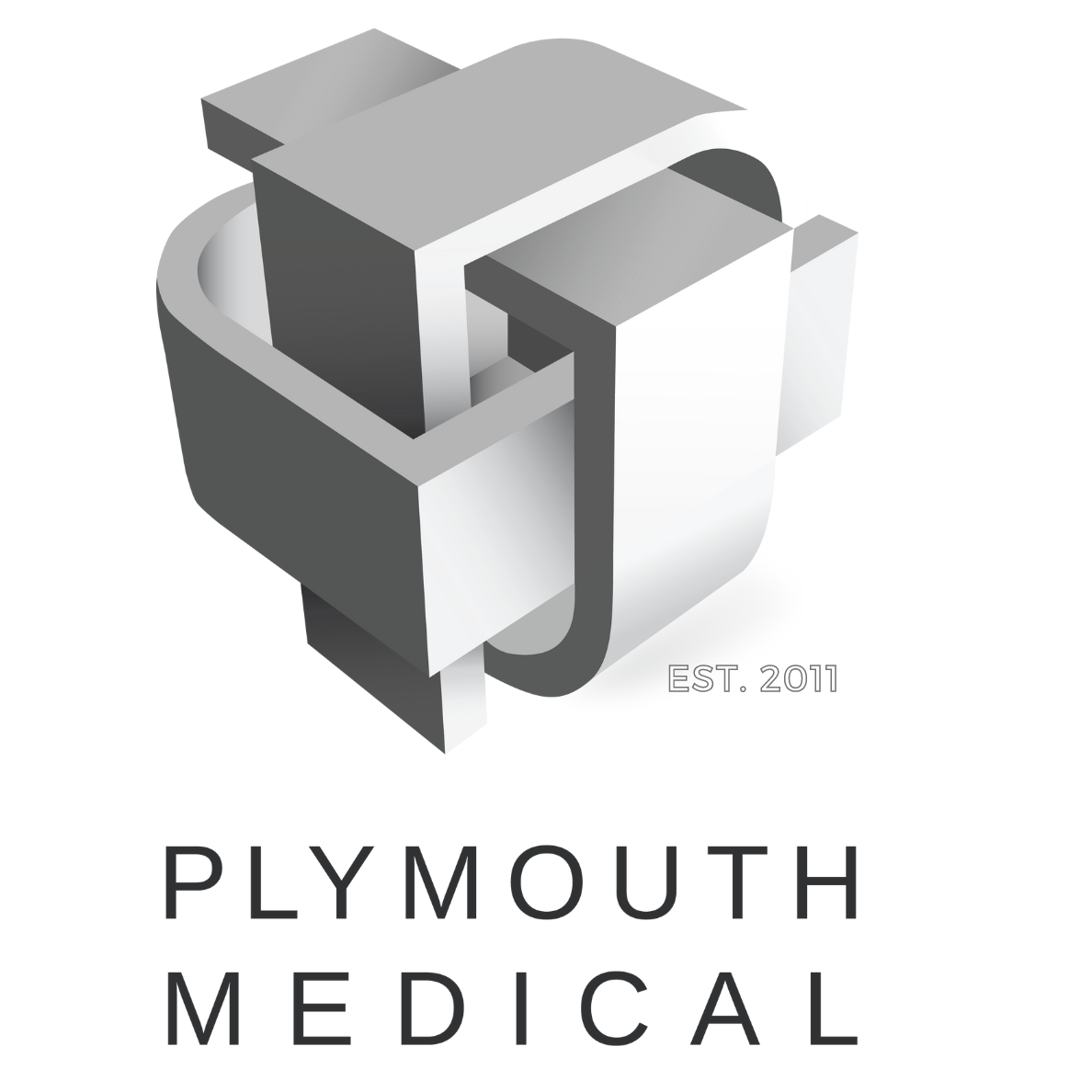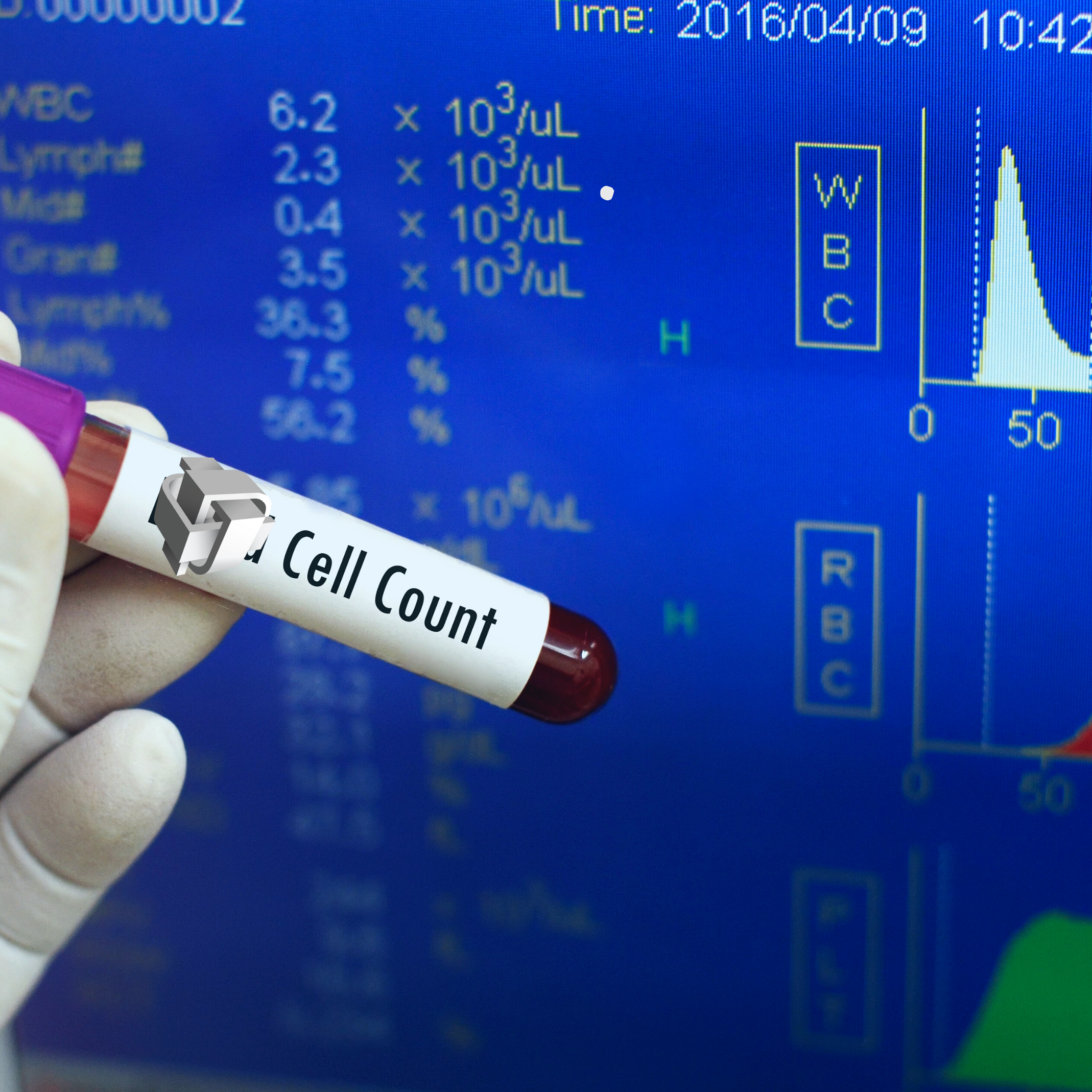Cell Counts and Why They Matter: A Look Back At Dr. Malanga’s Final IOF Presentation
Dr. Gerard Malanga is viewed by many in Orthobiologics as the father of the field. Dr. Malanga was, at his core, not only a visionary and life-changing medical provider, but a teacher. The roster of physicians that credit him with providing the foundation for their future success is immeasurable, and the greatness of Dr. Malanga’s personal ability as a physician is rivaled only by the collective greatness and achievement of those that he inspired and mentored to succeed.
With his passing on May 14, 2022, the field of Orthobiologics has lost not only an expert but an inspiration. He was the biggest proponent of data driven outcomes, which is why he co-founded DataBiologics in 2019. DataBiologics aims to provide physicians with a means to track the safety and efficacy of orthobiologic treatments to better inform patients, make clinical decisions, and create unbiased collaboration between providers and device makers. To date, DataBiologics has collected over 10,000 patient cases for more than 130 MSK conditions/treatments and 60 products.[1]
Prior to his passing, Dr. Malanga spoke at the 2022 Interventional Orthobiologics Foundation (IOF) Conference on the importance of cell counts in PRP treatment. The following is a summary of his presentation.
What is PRP
For over two decades, the term Platelet Rich Plasma (PRP) has been used with very little agreed upon meaning. Despite the development of more descriptive PRP nomenclature, little to no standardization has occurred in clinical studies. Literature continues to define PRP using vague terminology - such as leukocyte-rich vs leukocyte-poor - and relies on ‘concentration’ factor to define dose rather than a more consistent and comparable measure of platelet count or dose.
Over 30 PRP systems compete on the market, all promoting various platelet counts, red blood cell (RBC), and white blood cell (WBC) content. Surprisingly, few have been validated in independent studies.
So What System Should We Use?
Rather than just looking at the cheapest, easiest, or best output based on incomplete and oftentimes contradictory literature, we now have a consensus on both the standard practice for reporting as well as for counting. Murray et al. compiled a 23-statement checklist for the minimum information that should be reported by clinical studies for PRP [2] and Graiet et al. concludes, “Systematic sampling of blood and PRP in EDTA-coated tubes for quality control is recommended. The use of a validated counter for PRP sample should also be taken into account.”[3]
Study Findings
Over the last 4 years, NJ Regenerative Institute has made it standard practice to use the Horiba Cell Counter to measure all patient PRP samples. Of the more than 200 PRP treatments reported, over 90% were prepared using the EmCyte PRP system due to it’s high platelet yield (7X) and removal of nearly all RBCs.[4][5][6]
The PurePRP II device consistently:
Reduced RBCs: on average 100 x 10^6 RBC/mL, averaging 1.1% hematocrit.
Saw a reduction of 84% of the granulocytes.
Provided optimum platelet concentration of > 1 x 10^6 platelets/uL. [7]
Summary of Findings:
Average PLT Emcyte PRP concentration: 6.8X
Average PLT BTI PRP concentration: 2.7X
So How Does the Data Compare?
Preliminary Findings of Regression Analysis
Platelet Count:
Baseline Platelet Cell count was statistically correlated with the Processed Platelet Cell count.
Age and gender were NOT statistically correlated with the Processed Platelet Cell count.
30% of changes in the Processed Platelet Cell count was accounted for by the Baseline Platelet Cell count.
RBC:
Age, gender, and the Baseline RBC Cell count were NOT statistically correlated with the Processed PRP RBC Cell count.
WBC:
Age and gender were NOT statistically correlated with Processed WBC Cell count, however the Baseline WBC Cell count significantly correlated with the Processed WBC Cell count.
7% of variation in the Processed WBC Cell count is predicted by the Baseline WBC Cell count.
Neutrophil:
Age and gender were NOT statistically correlated with the Processed Platelet Cell count.
Baseline Neutrophil Cell count was significantly correlated with the Processed Neutrophil Cell count.
16% of variation in the Processed Neutrophil Cell count is predicted by the Baseline Neutrophil Cell count.
PRP vs HA Data
A retrospective study comparing 3 year follow up outcomes of quality controlled and properly dosed PRP vs HA for symptomatic knee OA found that of the 40 knees treated with PRP, 95% did not require surgery after PRP injection compared to only 58% of the 41 knees treated with HA. Based on this data, PRP appears superior to HA in delaying or preventing surgery as well as HA requiring many more injections for inferior results.
So Why Do Cell Counts Matter?
Optimal patient outcomes can only be achieved through appropriate platelet dosing, which can only truly be known if using a cell counter with every patient. Even high quality PRP products (i.e. high platelet concentration, elimination of RBCs, and reduced granulocytes) should be validated by each clinic using either an in-office cell counter (e.g.. Horiba) or sending samples out to a third party lab (ex. PLYMOUTH MEDICAL’s PAC Service). Cell counts, in conjunction with the collection of patient reported outcomes, constitute the only way the field of Orthobiologics can meaningfully advance.
Continuing Dr. Malanga’s Legacy
In honor of Dr. Malanga, the Interventional Orthobiologics Foundation (IOF) has created the Gerard Malanga Fund. This fund will help sponsor two traveling fellowships to provide a new generation of physicians the opportunity to work alongside legends in Orthobiologics and carry on the work Gerry began and championed throughout his life. He is missed by us all.
Citations
[1] Malanga, G., et al. Second Annual Regenerative Orthopedic Patient Outcomes Report. DataBiologics. (2022).
[2] Murry, I., et.al. Minimum Information for Studies Evaluating Biologics in Orthopaedics (MIBO): Platelet-Rich Plasma and Mesenchymal Stem Cells. J Bone Joint Surg Am. 2017 May 17;99(10):809-819. doi: 10.2106/JBJS.16.00793.
[3] Graiet H., et.al. Use of platelet-rich plasma in regenerative medicine: technical tools for correct quality control. BMJ Open Sport Exerc Med. 2018 Nov 13;4(1):e000442. doi: 10.1136/bmjsem-2018-000442. PMID: 30498575; PMCID: PMC6241975.
[4] Mandle, Robert PhD. Research Study: Comparison of EmCyte GS30-PurePRP® II, EmCyte GS60-PurePRP® II, Arteriocyte MAGELLAN, Stryker REGENKIT®THT, and ECLIPSE PRP (2016).
[5] Mandle, Robert PhD. Comparisons of EmCyte PurePRP II, Harvest/Terumo APC60/Clear PRP, and Arthrex Angel PRP Products (2015).
[6] Fadadu P.P., et.al. Review of concentration yields in commercially available platelet-rich plasma (PRP) systems: A call for PRP standardization. Reg. Anesth. Pain Med. 2019;44:652–659. doi: 10.1136/rapm-2018-100356.
[7] Giusti I, et.al. Identification of an optimal concentration of platelet gel for promoting angiogenesis in human endothelial cells. Transfusion. 2009 Apr;49(4):771-8. doi: 10.1111/j.1537-2995.2008.02033.x. Epub 2008 Dec 23. PMID: 19170984.
05/28/23



